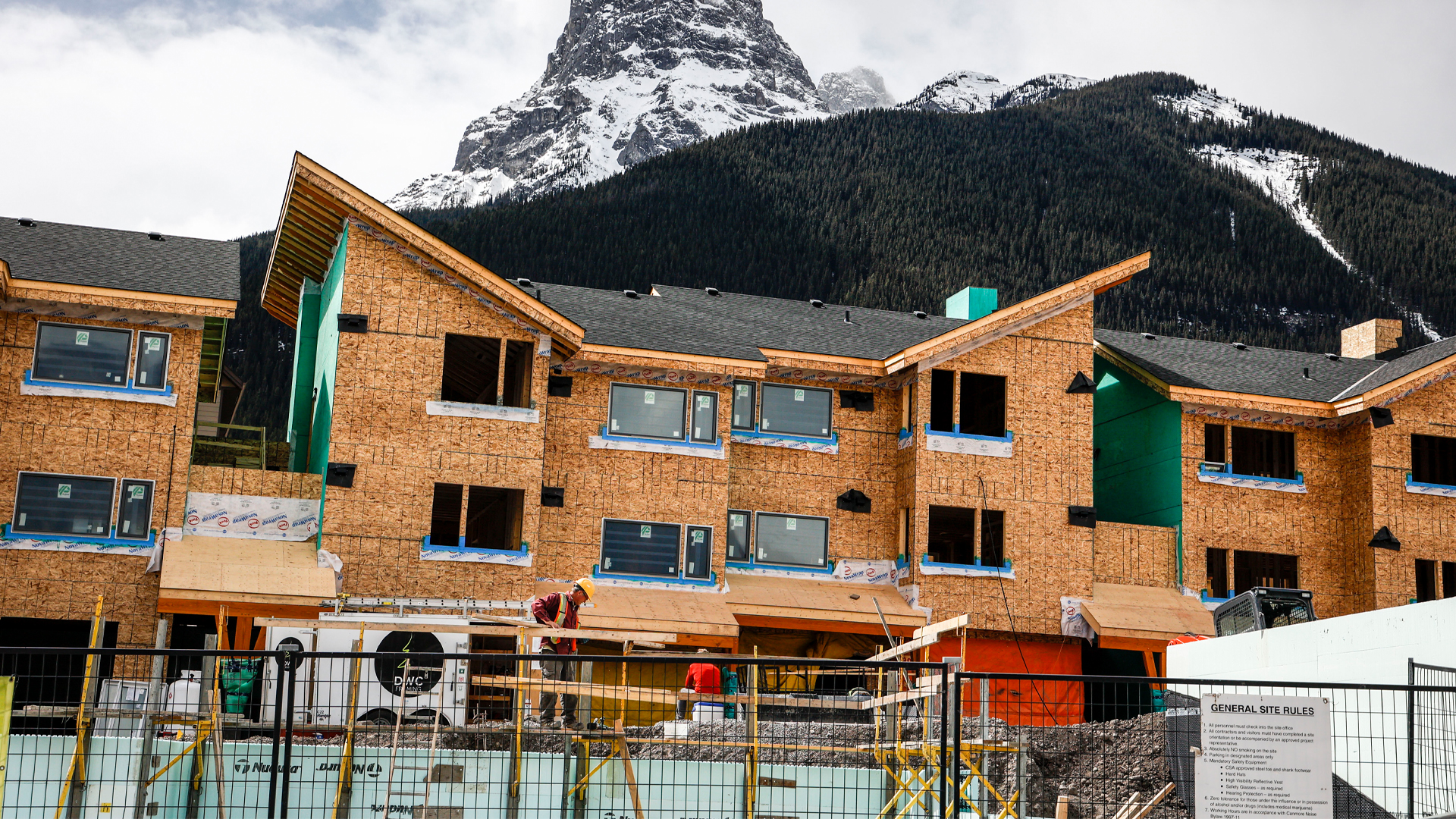One of the most urgent problems that Canada is currently dealing with is the housing crisis. Numerous Canadians are finding it difficult to locate acceptable and reasonable housing as a result of rising home prices, constricting rental markets, and falling affordability. The situation has gotten to the point that it is changing migratory patterns, transforming towns, and spurring lawmakers and the public to take immediate action.
The Crisis’s Causes
The economic, demographic, and policy-related variables that contribute to Canada’s housing crisis are many and varied. The sharp rise in housing demand, fueled by cheap mortgage rates, a growing population, and substantial foreign investment in Canadian real estate, has been one of the main drivers.
Canada’s population has grown significantly in the last ten years, especially in large cities like Toronto, Vancouver, and Montreal. A significant factor has been immigration, with Canada receiving record numbers of new immigrants each. The nation’s economy and cultural variety have benefited from this, but the housing markets have also been severely strained, particularly in urban areas where supply has not kept up with demand.
The Bank of Canada’s multiple years of low interest rates, which were intended to boost the economy, have also had a role in the housing boom. Canadians were able to take out mortgages more easily due to low borrowing costs, which increased demand and, consequently, prices for real estate. The affordability situation has also been made worse by foreign investment, especially from wealthy people in nations like China, who have stimulated price inflation and speculation in areas like Vancouver.
The Effect on Citizens of Canada
The housing crisis has had a significant effect on Canadians. Once a key component of the Canadian dream, homeownership is now unattainable for many, especially first-time purchasers and younger generations. In the last ten years, the average cost of a home in Canada has more than doubled, with places like Toronto and Vancouver seeing even more sharp hikes, according to a recent report from the Canada Mortgage and Housing Corporation (CMHC).
Rents have increased in tandem with property prices. The rental market has grown more competitive while being perceived historically as a more cost-effective option than homeownership. Due to historically low vacancy rates in many urban areas, rents have risen to a level that many Canadians cannot afford. Low-income people and families are disproportionately affected by this vulnerable, with some maybe having to deal with homelessness.
The problem of affordability is not exclusive to large cities. Once thought to be safe havens from exorbitant housing costs, smaller towns and rural areas are now facing price increases of their own as residents leave urban areas in search of more reasonably priced options. The COVID-19 pandemic and the increase in remote employment have expedited this trend and placed further strain on the nation’s housing markets.

Government Reaction and Disapproval
To solve the housing problem, Canada’s federal and provincial governments have taken a number of actions. These include programs to boost the supply of housing, like financing for projects aimed at providing cheap housing and encouraging builders to construct additional dwellings. Additionally, the federal government has implemented measures to calm the housing market, including more taxes and restrictions on mortgages for overseas purchasers.
Critics contend that despite these initiatives, government response has been insufficient and occasionally even destructive. For example, despite the fact that the federal government’s First-Time property Buyer Incentive was created to assist new purchasers in entering the market, detractors claim it has had little effect because growing property prices have far exceeded the maximum amounts that qualify for the program.
The Function of Demand and Supply
The mismatch between supply and demand is one of the elements of the housing crisis that is most commonly acknowledged. To put it plainly, not enough houses are being constructed to accommodate Canada’s expanding population. Numerous factors contribute to this, such as onerous zoning regulations, a drawn-out approval process for new projects, and a manpower scarcity in the construction sector.
Local governments have been hesitant to accept high-density housing developments in many metropolitan locations because of worries about overdevelopment, traffic congestion, and maintaining the unique character of the community. Although these worries are legitimate, they have led to a scenario in which there is a limited supply of new homes, which has raised costs.
Similarly, taxes imposed on foreign purchasers were meant to reduce speculative investment, but others claim that the aggressiveness of these measures has not succeeded in discouraging affluent foreigners who still see Canadian real estate as a secure and profitable venture. Furthermore, the underlying problem of supply shortages, which continues to be a major obstacle to affordability, has not been much helped by these tariffs.
Experts have proposed a number of measures to address this problem, such as simplifying the approval process for new housing projects, investing in infrastructure to support expanding communities, and changing zoning regulations to permit more mixed-use and high-density complexes. In order to guarantee a more unified and successful strategy, some have also recommended that the federal government have a more active role in coordinating housing policy between provinces and municipalities.


